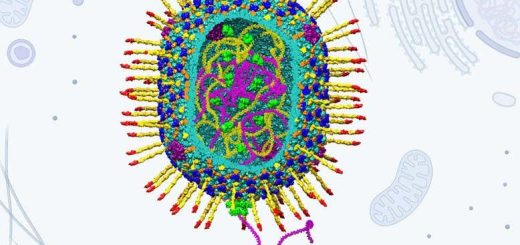Neanderthals were probably maggot-munchers, not hyper-carnivores
It has been claimed Neanderthals ate a huge amount of meat based on isotope ratios in their bones – but the explanation could instead be a diet rich in maggots
By Michael Le Page
25 July 2025
Maggots in rotting meat could have been an important part of ancient diets
Chronicle/Alamy
Neanderthals may not have been the hyper-carnivores we thought they were. It has been claimed, based on the nitrogen isotope ratios in their bones, that our ancient relatives ate little besides meat. But these ratios can also be explained by a more balanced omnivorous diet that included a lot of maggots, as well as plant-based food.
“Masses of maggots are these easily scoopable, collectible, nutrient-rich resource,” says Melanie Beasley at Purdue University, Indiana.
Read more
A cave in France is revealing how the Neanderthals died out
Advertisement
There is lots of evidence that they were routinely eaten in many societies in the past, and they are still consumed in some places today, she says. Some reindeer hunters regard certain maggots as a treat that they actively cultivate, for instance, while casu martzu, a cheese that contains live maggots, is a delicacy in Sardinia.
Nitrogen has two stable isotopes, nitrogen-14 and nitrogen-15. The lighter isotope is more likely to be lost from living organisms than the heavy one, so, as matter moves up food chains, the ratio of nitrogen-15 to nitrogen-14 increases.
Looking at the isotope ratios in collagen inside fossil bones can therefore tell us about the diet of those animals, with carnivores having higher ratios than herbivores. But when researchers started looking at the ratios in the bones of Neanderthals, they found something surprising: even higher ratios than those seen in lions and hyenas. “So there became this narrative that Neanderthals were these hyper-carnivores very focused on big game hunting,” says Beasley.


